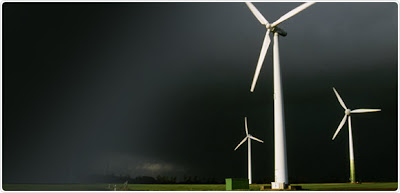According to many experts, we may soon find ourselves using fuel cells to generate electrical power for all sorts of devices we use every day. A fuel cell is a device that uses a source of fuel, such as hydrogen, and an oxidant to create electricity from an electrochemical process.
Much like the batteries that are found under the hoods of automobiles or in flashlights, a fuel cell converts chemical energy to electrical energy.
All fuel cells have the same basic configuration; an electrolyte and two electrodes. But there are different types of fuel cells, based mainly on what kind of electrolyte they use.
Many combinations of fuel and oxidant are also possible. The fuel could be diesel or methanol, while air, chlorine, or chlorine dioxide may serve as oxidants. Most fuel cells in use today, however, use hydrogen and oxygen as the chemicals.
Fuel cells have three main applications: transportation, portable uses, and stationary installations.
In the future, fuel cells could power our cars, with hydrogen replacing the petroleum fuel that is used in most vehicles today. Many vehicle manufacturers are actively researching and developing transportation fuel cell technologies.
Stationary fuel cells are the largest, most powerful fuel cells. They are designed to provide a clean, reliable source of on-site power to hospitals, banks, airports, military bases, schools, and homes.
Fuel cells can power almost any portable device or machine that uses batteries. Unlike a typical battery, which eventually goes dead, a fuel cell continues to produce energy as long as fuel and oxidant are supplied. Laptop computers, cellular phones, video recorders, and hearing aids could be powered by portable fuel cells.
Fuel cells have strong benefits over conventional combustion-based technologies currently used in many power plants and cars. They produce much smaller quantities of greenhouse gases and none of the air pollutants that create smog and cause health problems. If pure hydrogen is used as a fuel, fuel cells emit only heat and water as a byproduct. Hydrogen-powered fuel cells are also far more energy efficient than traditional combustion technologies.
The biggest hurdle for fuel cells today is cost. Fuel cells cannot yet compete economically with more traditional energy technologies, though rapid technical advances are being made. Although hydrogen is the most abundant element in the universe, it is difficult to store and distribute. Canisters of pure hydrogen are readily available from hydrogen producers, but as of now, you can't just fill up with hydrogen at a local gas station.
Many people do have access to natural gas or propane tanks at their houses, however, so it is likely that these fuels will be used to power future home fuel cells. Methanol, a liquid fuel, is easily transportable, like gasoline, and could be used in automobile fuel cells. However, also like gasoline, methanol produces polluting carbon dioxide.
source by national geographic
love earth http://dk-loveearth.blogspot.com







